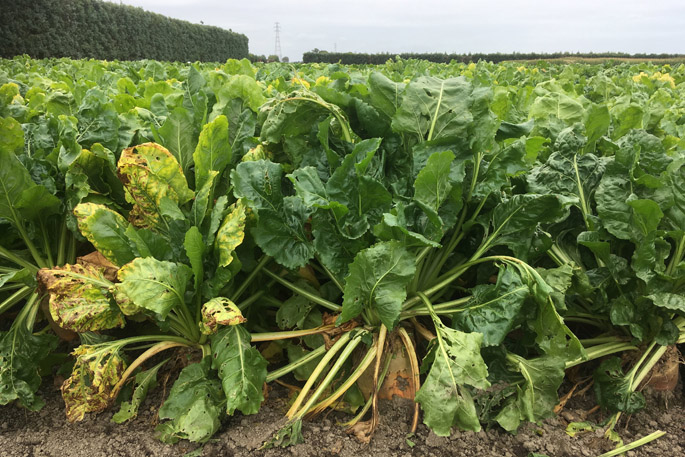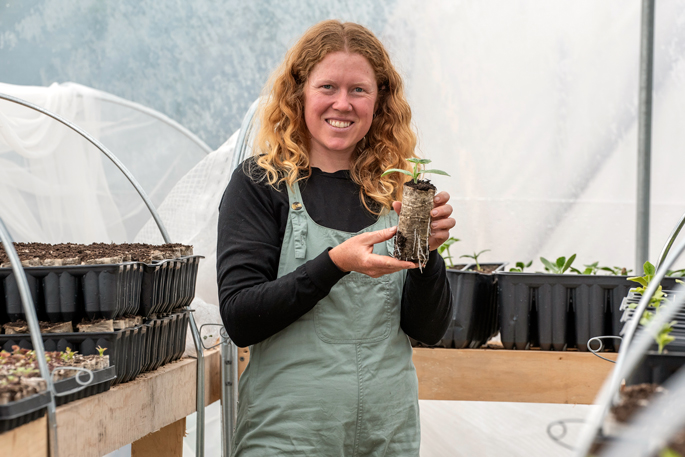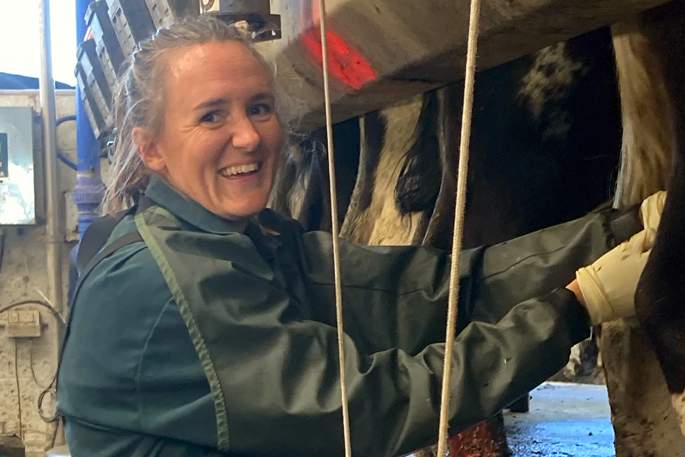With planning for future production and cropping into next season underway, a new study aimed at determining the best way to grow fodder beet has delivered some interesting food for thought.
The new research shows it is possible to reduce traditional fertiliser recommendations for growing fodder beet – sometimes by significantly more than half the usual amount – with no effect on crop yield or quality.
Plant & Food Research, along with industry partners, recently completed a three-year study with assistance from the Ministry for Primary Industries’ Sustainable Farming Fund (now superseded by Sustainable Food & Fibre Futures) to find the best way to the popular supplementary feed crop for livestock in New Zealand.
Researchers conducted a series of nitrogen, potassium and boron trials to establish whether standard management practices could be recommended for varying soil types and locations.
“Much of our information about the nutrient requirements of fodder beet came from European sugar beet guidelines – for example, recommending high rates of potassium to support high yield,” says Plant & Food Research senior scientist John de Ruiter.
“However, in every trial we conducted across many NZ soil types we were able to lower the potassium applications to 100kg per hectare without yield loss when compared to the standard rate of 350kg/ha.”
Researchers also found the maximum plant response to nitrogen was achieved at 100kg per hectare – half the industry standard of 200kg/ha. “I was surprised that we could bring nitrogen fertiliser rates down that much,” says John.
N reduction
“This means a reduction in the amount of nitrogen in the feed and a reduction in the amount of nitrogen returned to soil through excretion, which is a good result for the environment – and is also a big saving for farmers.”
Symptoms of boron deficiency (hollow bulbs) occur on some soil types. However trials with varying rates and timing of boron fertiliser didn’t show any effects on yield or plant health. “Basal applications of boron at sowing are still recommended to avoid any potential boron limitations,” says John.
Researchers also examined diseases in fodder beet crops. “When fodder beet first regained popular use 15 years ago, the disease incidence was low, and there was great potential for fodder beet as a winter crop.
“But in recent seasons, the incidence of fungal and viral diseases have hit hard with a major reduction in paddock yields,” says John.
“While there’s not much that can be done about viruses, some control of fungal diseases is possible. However, few chemicals for fungal control are registered for use in NZ.”
John says experiments with timing and rates of fungicide application did not give conclusive results “so more work on the epidemiology and control of fodder beet diseases is needed”.
Fodder beet has gained momentum in NZ’s dairy industry as a winter feed as farmers look to benefit from its high yield potential and good feed quality characteristics.
What works best in NZ
About 45,000ha were grown in 2014/2015 from Southland to Northland – this increased to about 75,000ha in 2018/2019, making fodder beet the second most widely-grown forage crop in NZ, and a strong enabler of productivity gains across our livestock sectors.
About 80 percent of fodder beet is grown for pregnant non-lactating dairy cows during winter; and an increasing amount is being used as a feed during lactation, and for winter feeding in sheep, beef and deer sectors.
MPI director investment programmes Steve Penno says it’s essential to find out what works best in NZ, and not just rely on overseas experience. “This research provides valuable and practical information for growing fodder beet in NZ – its recommendations for reduced fertiliser use are a win for the environment and will save farmers money too.”
A major outcome of the research project is the ‘Fodder Beet Best Management Production Guide’, which will soon be available on the DairyNZ website. Or email John for a copy at: john.deruiter@plantandfood.co.nz







0 Comments
Leave a Comment